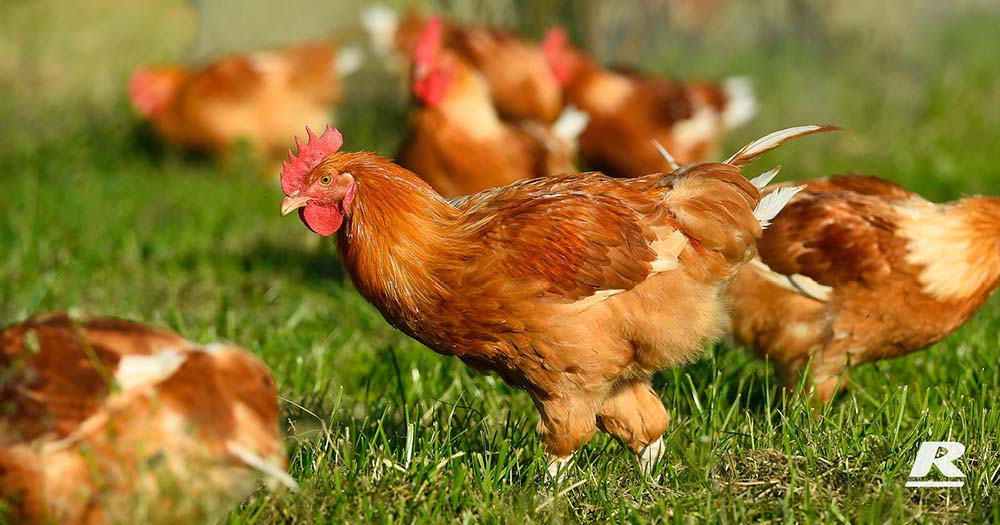The importance of fibre in layer diets
Eggs provide the cheapest and most acceptable animal protein for human consumption. To maintain egg supply and production, the modern poultry industry is developing new systematic management programs.
A major focus is for poultry nutritionists to find alternative feed supplements to dietary antibiotics.
Unlike the case in people, for many years dietary fibre (DF) was regarded as an unimportant constituent of poultry rations. Research on its inclusion in poultry feed has now been positive and fibre inclusion in commercial rations has increased. Both natural raw materials with high concentrations of DF or more purified fibre supplements are being used as supplements.
The chemical and physical structure of the DF in feeds can vary a lot and depends on the types of ingredients or supplements used in a feed. The chemical and physical composition of DF usually changes the structure or function the gut of a chicken. Some components of DF can alter the size of the gut, others the feed passage rate and others the microflora (microbiome) composition.
The non digestible carbohydrates making up DF were originally defined as the parts of plant cells in the feed that are resistant to digestion by the gut secretions such as enzymes.
Broadly DF can be divided into two types, insoluble (IDF) or soluble (SDF), depending on the chemical structure. The IDF is non-viscous and non-fermentable and the SDF which absorbs more water and can be more easily fermented (digested by microbes) in the caeca has viscous (sticky) and fermentable properties.
The response of chicken gut to DF can be influenced by many factors such as age of bird, types of fibre, level of fibre in the ration, and composition of other components in the ration.
Increasing the IDF causes an increase in gut movement (motility), digestive enzyme activity and an increase in the absorption of nutrients. Increasing SDF can reduce nutrient digestion and increase wet manure conditions.
Natural ingredients like hulls and grains that are higher in IDF have been used in poultry feeds to investigate their effects on growth and production. Nowadays, more purified sources of DF are being used in poultry feeds to improve digestion and nutrient absorption. Purified insoluble lignocellulose supplements that contain carbohydrates such as cellulose and the non-carbohydrate fibre, lignin, improve weight gain in young pullets and layers. Interestingly IDF can have an influence on egg production of hens at the point of lay and some months later.
The physical structure of poultry feed is mostly influenced by the carbohydrates and type of DF is considered to be the main factor that interacts with the structure (morphology) of the gut and can alter it.
A balanced ration that contains all essential nutrients as well as having a good physical structure will help layers to maintain and improve their health and egg-laying ability.
Feed digestion is an extremely complex process. The type (both physical structure and nutrient composition) of feed in the digestive tract can alter synthesis or activity of digestive enzymes. Some DF components may inhibit nutrient digestion and thereby increase the viscosity in the gut. The mechanism by which IDF enhances nutrient digestibility may be related to its effects on the rate of feed passage, enzyme function and microbial activity. But research is still required to separate out how different components of IDF influence gut function.
However, the inclusion of IDF in poultry mash feed always has a positive effect on digestion but we still need to know more, in order to be able to tweak rations for optimum effects on different ages and strains of layers.
To find out more about the best chicken feed or nutritional solution for your brood, give us a call and have a chat to one of our nutritionist on 1300 REID FEED or enquire here >
 Author
Author
Johnny Barwary
PhD in poultry nutrition and physiology
Reid’s monogastric manager

 Author
Author